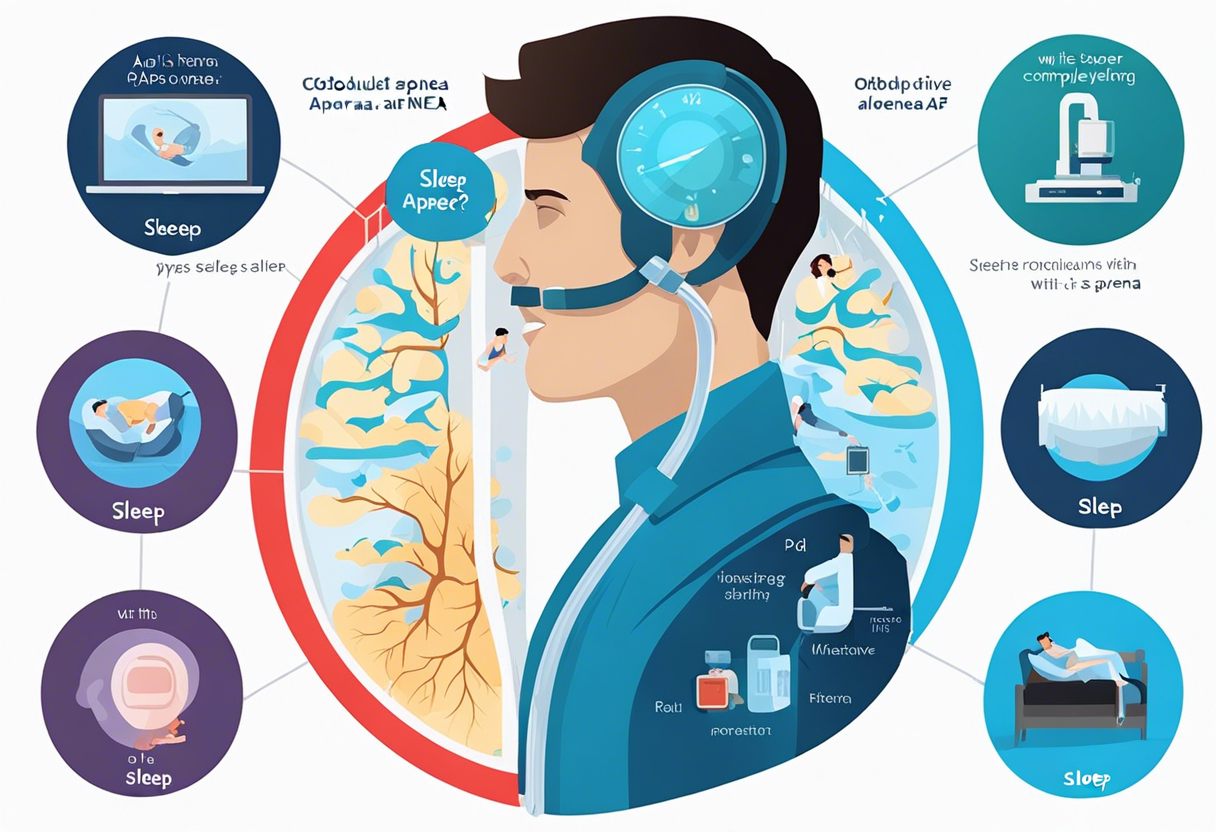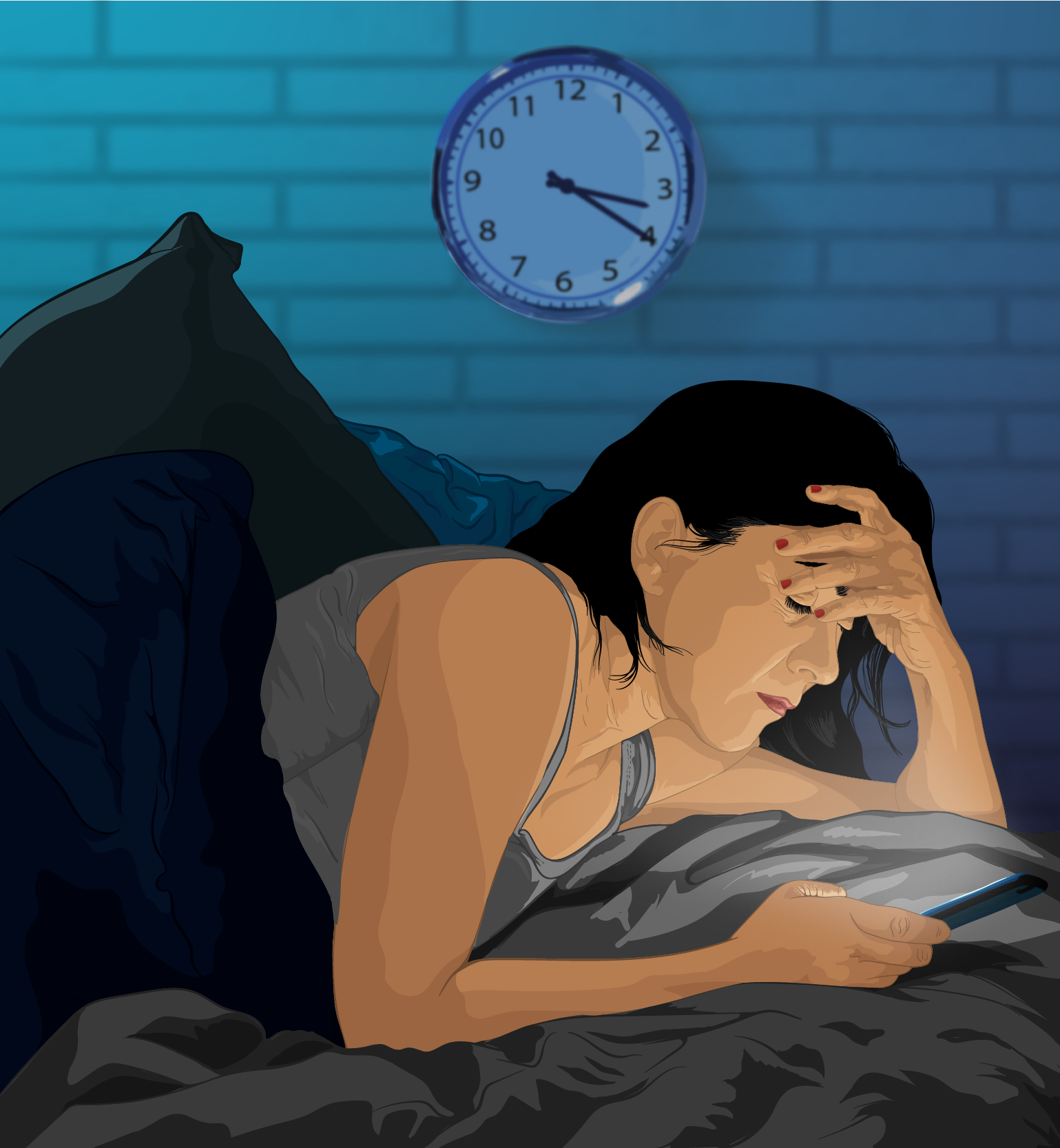Sleep Apnea's Stealthy Dangers: Delving into the Disturbing Risks that Lurk in the Shadows of Night's Silent Breath Thief
Sleep apnea, often referred to as the silent breath thief, is a stealthy ailment that has been linked to a number of serious health conditions. This disorder, which causes breathing to stop and start repeatedly during sleep, is more than just a cause of daytime drowsiness. It is a silent predator that lurks in the shadows of night, posing seemingly invisible threats that can lead to severe health complications. This article aims to shed light on these hidden dangers and the disturbing risks that come with sleep apnea.
What is Sleep Apnea

Sleep apnea is a common yet serious sleeping disorder where a person's breathing repeatedly stops and starts during sleep. This can occur hundreds of times a night, often without the individual being aware. It's important to understand the different types of sleep apnea: obstructive, central, and complex, each with its own causes and implications, to better comprehend the dangers that come with them.
Symptoms and Signs

Understanding the signs and symptoms of sleep apnea is crucial in recognizing the disorder. These include loud snoring, episodes of stopped breathing, abrupt awakenings, insomnia, and excessive daytime sleepiness among others. Recognizing these symptoms can lead to early diagnosis and treatment, reducing the risks associated with the disorder.
